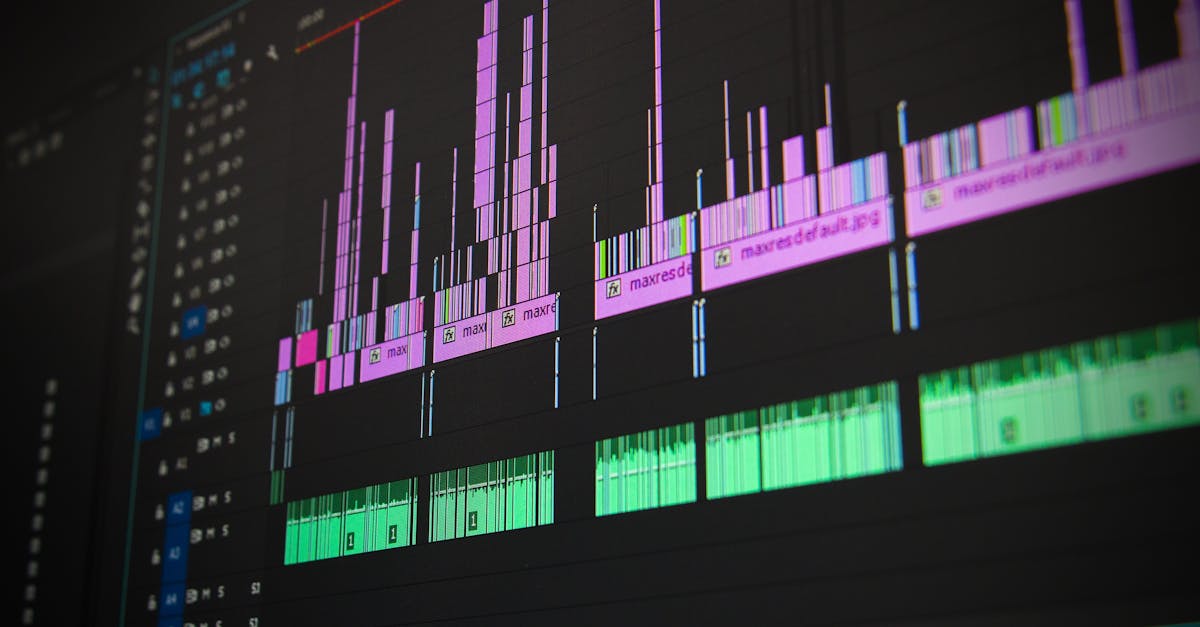Are you curious about what Flask is used for? You’re in the right place! If you’ve been feeling overstimulated by the multitude of options out there for web development, we understand your pain.
The struggle to find a simple yet powerful tool can be real, don’t worry, as we’re here to guide you through it all.
As experienced experts in the field of web development, we know the importance of finding the right tools to make your projects shine. Flask is not simply another framework – it’s a versatile and lightweight option that can cater to a wide range of needs. Our skill in using Flask will help you unpack its full potential and improve your web development game.
For those of you who are eager to jump into the world of Flask and investigate its endless possibilities, we’ve got your back. Our goal is to provide you with useful ideas and practical tips to make your Flask voyage a smooth and rewarding experience. So, sit back, relax, and let’s plunge into this exciting voyage hand-in-hand.
Key Takeaways
-
Flask, a Powerful Micro-framework:
Flask is a lightweight and flexible tool ideal for small to medium-sized web development projects.
It simplifies web application creation, particularly for prototyping and building APIs due to its minimalist design. - Flask is a lightweight and flexible tool ideal for small to medium-sized web development projects.
- It simplifies web application creation, particularly for prototyping and building APIs due to its minimalist design.
-
Key Features of Flask:
Flask’s lightweight nature allows for customization based on project needs.
It excels in HTTP request handling, integration of third-party libraries, modularity, and URL routing for clean application structure. - Flask’s lightweight nature allows for customization based on project needs.
- It excels in HTTP request handling, integration of third-party libraries, modularity, and URL routing for clean application structure.
-
Versatile Use Cases of Flask:
Flask is well-suited for rapid prototyping, API development, microservices, and data visualization applications.
It offers simplicity and efficiency for various web development scenarios. - Flask is well-suited for rapid prototyping, API development, microservices, and data visualization applications.
- It offers simplicity and efficiency for various web development scenarios.
-
Advantages of Using Flask:
Flask’s simplicity, flexibility, scalability, and extensive documentation make it a popular choice for developers of all levels.
It enables developers to create customized web applications efficiently. - Flask’s simplicity, flexibility, scalability, and extensive documentation make it a popular choice for developers of all levels.
- It enables developers to create customized web applications efficiently.
-
Getting Started with Flask:
Beginners and experienced developers can benefit from Flask’s simplicity and flexibility.
Setting up a basic Flask project and exploring the ecosystem of extensions and libraries are required for a successful Flask development voyage. - Beginners and experienced developers can benefit from Flask’s simplicity and flexibility.
- Setting up a basic Flask project and exploring the ecosystem of extensions and libraries are required for a successful Flask development voyage.
Understanding Flask
When it comes to web development, Flask is a powerful tool with a micro-framework design. It offers flexibility in making web applications, making it ideal for small to medium-sized projects.
Flask provides a straightforward way to create web applications, handling HTTP requests and responses efficiently.
It’s particularly useful for prototyping and building APIs due to its minimalist approach.
With Flask, we can integrate third-party libraries and extensions to add functionalities as needed, improving the total development process.
Its modularity allows us to scale up or down based on project requirements.
URL routing in Flask is simple and effective, enabling us to map URLs to view functions effortlessly.
This routing system contributes to the clean structure of Flask applications.
External resources such as the official Flask documentation provide in-depth guidance on using Flask’s features and best practices.
By understanding Flask’s core concepts and capabilities, we can jump into web development projects with confidence.
Features of Flask
When considering Flask’s capabilities, it’s super important to highlight the key features that make it a popular choice for web development:
- Lightweight: As a micro-framework, Flask is lightweight and allows for flexible customization according to project requirements.
- HTTP Request Handling: Flask efficiently handles HTTP requests, making it ideal for prototyping and API development.
- Integration: The ability to integrate third-party libraries and extensions improves the development process, enabling us to add functionality to our projects seamlessly.
- Modularity: Flask’s modularity enables scalability based on our project’s changing needs, ensuring that we can expand our application effortlessly.
- URL Routing: The simplicity and effectiveness of URL routing in Flask contribute to the clean structure of applications, making navigation smooth for users.
These features collectively showcase Flask’s versatility and effectiveness in developing web applications.
To learn more about Flask’s advanced features and best practices, check out the official Flask documentation.
Use Cases of Flask
When considering what Flask is used for, it’s super important to investigate its versatile applications.
Flask is ideal for developing small to medium-sized web applications with simplicity and efficiency.
Here are some common use cases where Flask excels:
- Rapid Prototyping: Flask’s minimalistic framework allows for quick prototyping of web applications, making it a popular choice for testing ideas and concepts swiftly.
- API Development: Flask’s lightweight structure and built-in development server make it useful for creating APIs for web and mobile applications.
- Microservices: Flask’s modular design and compatibility with microservice designures make it suitable for building scalable and independent microservices.
- Data Visualization: Flask integrates seamlessly with libraries like D3.js for interactive data visualization, making it a great option for displaying data in a user-friendly manner.
By using Flask in these varied use cases, developers can use its flexibility and simplicity to create efficient and adjusted web solutions.
For more ideas into Flask’s capabilities and best practices, refer to the official Flask documentation.
After all, the best approach is to understand the specific requirements of your project and use Flask’s functionality to achieve optimal outcomes.
Advantages of Using Flask
When it comes to web development, Flask offers several advantages that make it a popular choice among developers.
Here are some key benefits of using Flask:
- Simplicity: With its minimalist design, Flask is straightforward and easy to use, making it ideal for beginners and experienced developers similar.
- Flexibility: Flask provides developers with the freedom to choose the tools and libraries they prefer, enabling them to build customized web applications adjusted to their specific needs.
- Scalability: Even though being lightweight, Flask is highly scalable, allowing developers to scale their applications as needed without compromising performance.
- Extensive Documentation: The official Flask documentation is full and well-maintained, giving useful resources, tutorials, and best practices for developers to refer to.
By useing these advantages, Flask enables us to create efficient web applications that meet our project requirements effectively.
For further ideas on Flask’s advantages and best practices, we recommend checking out the official Flask documentation.
Getting Started with Flask
When Getting Started with Flask, must know how this lightweight and versatile Python web framework can be used effectively in web development projects.
One of the key advantages of Flask is its simplicity, making it an excellent choice for beginners looking to build web applications.
At the same time, its flexibility allows experienced developers to customize and adjust applications to meet specific project requirements.
To begin the Flask voyage, we recommend installing the framework and setting up a basic project structure.
There are various resources available online, including the official Flask documentation Which offers detailed guides and tutorials for beginners and advanced users similar.
By creating a virtual environment, installing Flask, and running a simple “Hello World” application, you can quickly familiarize yourself with the Flask environment.
As you investigate more into Flask development, you’ll solve out its extensive ecosystem of extensions and libraries that improve its functionality and streamline the development process.
Improve your understanding of Flask by exploring the official documentation and experimenting with different features and functionalities.
This hands-on approach will not only sharpen your skills but also pave the way for building strong and efficient web applications using Flask.
- Can I use Neat software without subscription? [Discover Free Alternatives Now] - October 22, 2024
- Understanding Quality Gates in Software Testing [Unlock Secrets to Level Up Your Testing Game] - October 21, 2024
- Are Software Engineers Getting Hired? Expert Strategies Revealed [Boost Your Job Search!] - October 20, 2024




